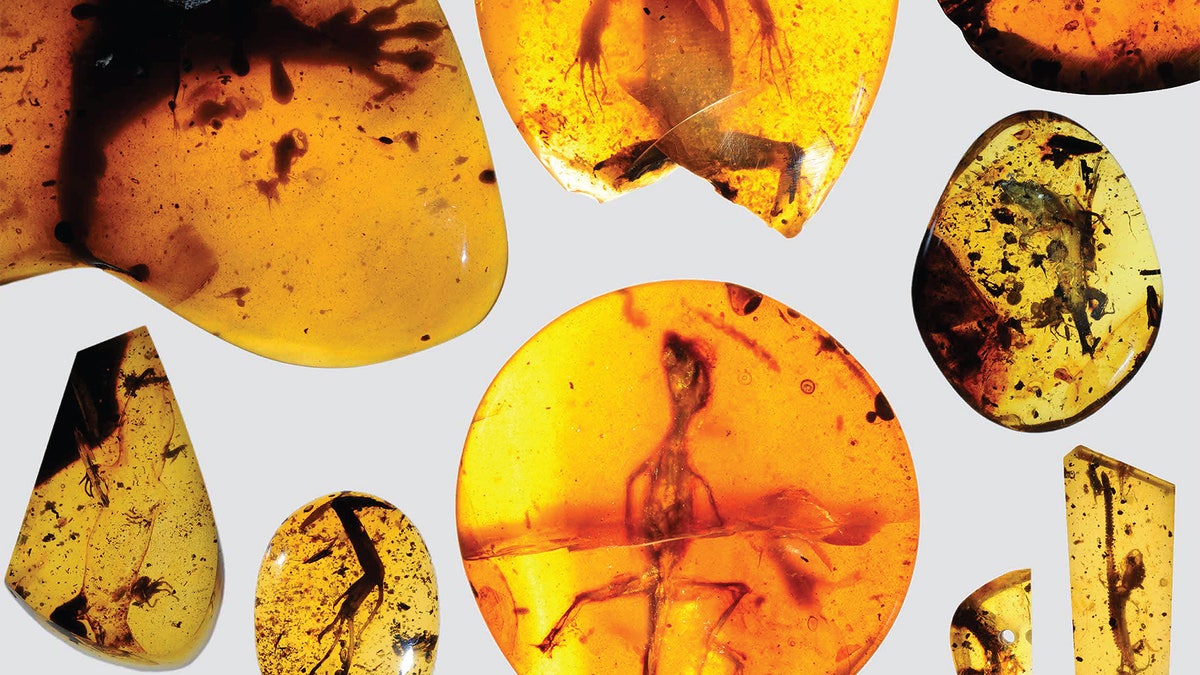
This is a photograph of Electrokoenenia yaksha. (Michael S. Engel)
A 100 million-year-old scorpion that lived alongside dinosaurs but was smaller than a grain of rice has been discovered trapped in Burmese amber.
Electrokoenenia yaksha was a microwhip scorpion, or palpigrade that was a distant relative of modern day scorpions. From studying the amber from Hukawng Valley in northern Myanmar, a research team led by Michael Engel, of the University of Kansas and the American Museum of Natural History, concluded the specimen was a female about 1.47 millimeters long.
“Preservation in amber is perhaps the only medium through which such minute animals could be adequately characterized, their fine features and fragile forms too readily destroyed or rendered unidentifiable in sediments,” Engel, whose discovery was detailed in The Science of Nature journal, said in a statement.
Related: Flower preserved in amber was ancestor of modern poisonous plants
Engel, who discovered the scorpion while investigating the diversity of arthropods preserved in the amber, said further specimens might be discovered in amber deposits from India, the Dominican Republic, Lebanon, eastern North America and Archingeay in France.
This is the first microwhip scorpion fossil from the period known as the Mesozoic period and the only one of its order known of to be contained in amber. The only other fossil record from this order is encased in limestone from the Onyx Marble Formation, and is between 94 and 97 million years younger than Electrokoenenia yaksha.
But because Electrokoenenia yaksha looks so similar to other microwhip scorpions found today, the research team that also included and Diying Huang of the Nanjing Institute of Geology and Palaeontology believe it probably shared the same habitat.
The discovery is the latest in recent weeks to come from a rich trove of Burmese amber.
Related: Extinct species of assassin fly found in amber

A chameleon about 100 million years old preserved in amber. (David Grimald)
Earlier this month, researchers writing in Science Advances reported finding the oldest chameleon preserved in amber. Seventy-eight million years older than the previous oldest specimen on record, the dime-size chameleon along with 11 more ancient fossil lizards were pulled encased in amber, from a mine decades ago. But they were only recently analyzed.
And in February, researchers announced that they had found some of the earliest known ants also preserved in Burmese amber. The researchers, in a study in Current Biology, said the amber sample of fighting ants demonstrated that ant wars began in the Cretaceous period, when enormous dinosaurs thrived on Earth.

Workers of two different ant species fighting, caught in 100-million-year-old Burmese amber (AMNH/D. Grimaldi and P. Barden)
